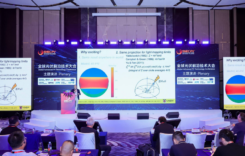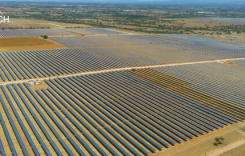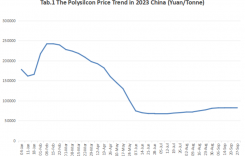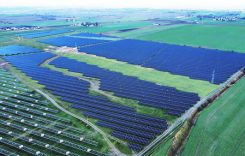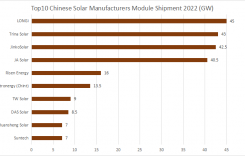PVTIME – Risen Energy Co., Ltd (Risen Energy) recently announced that TÜV Rheinland, a leading global third-party testing and certification organisation, has confirmed that its high-efficiency heterojunction module series has achieved a maximum power of 741.456W and a module conversion efficiency of 23.89%, once again breaking its own record of 23.65% set in December 2021. As a leader in heterojunction (HJT) technology, Risen Energy has repeatedly broken the world records for the conversion efficiency of heterojunction PV modules, constantly pushing the limits of technology and achieving innovations in the PV industry.
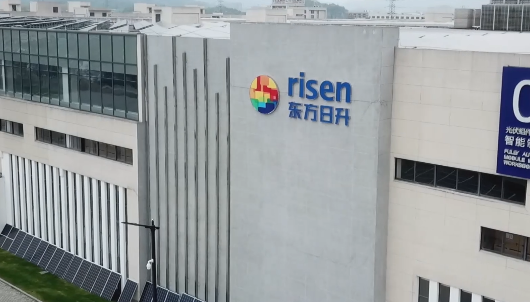
The high-power module is Risen Energy’s ultra-low carbon ultra-high efficiency heterojunction Hyper-ion PV module launched in 2022. The module combines a number of cutting-edge core technologies, such as thin-film stacked bifacial microcrystalline technology, low silver content paste and no main grid/no stress interconnection, to achieve an efficiency of 23.89% with an extremely stable temperature coefficient and a bifacial rage of 85% ± 10%. Moreover, its 100μm ultra-thin cell technology and low temperature process results in an environmental friendly carbon footprint of less than 400kg eq CO2/kWc.
“Risen Energy’s latest Hyper-ion HJT products are designed with many leading features such as high module power, high power generation, high conversion efficiency, high reliability and low attenuation, low temperature coefficient, low carbon footprint and low electricity cost,” said Liu Yafeng, Senior Director of Module R&D at Risen Energy. “The module has higher power generation, which not only brings lower cost of electricity, but also reduces more carbon emission, compared to other mainstream module products in the market. Risen Energy will continue to make R&D investments that facilitate the research and development of more efficient cell and module solutions, to create more efficient and reliable products and provide overseas customers with higher power generation benefits and lower electricity costs, and to promote the goal of carbon neutrality globally.”



